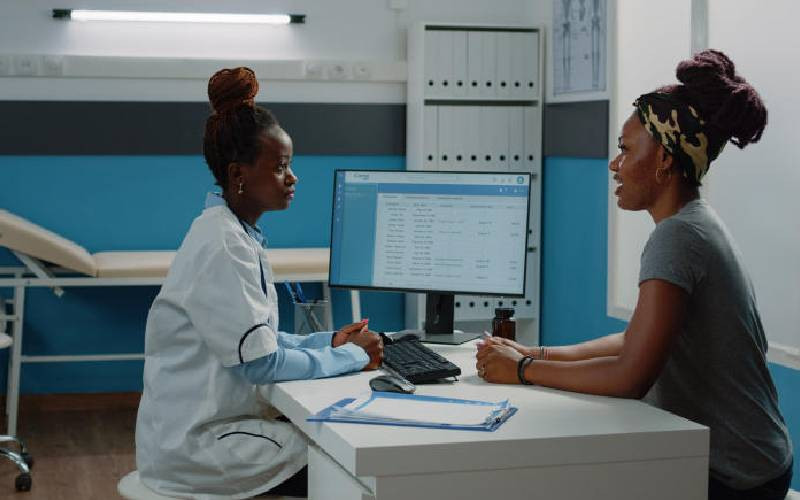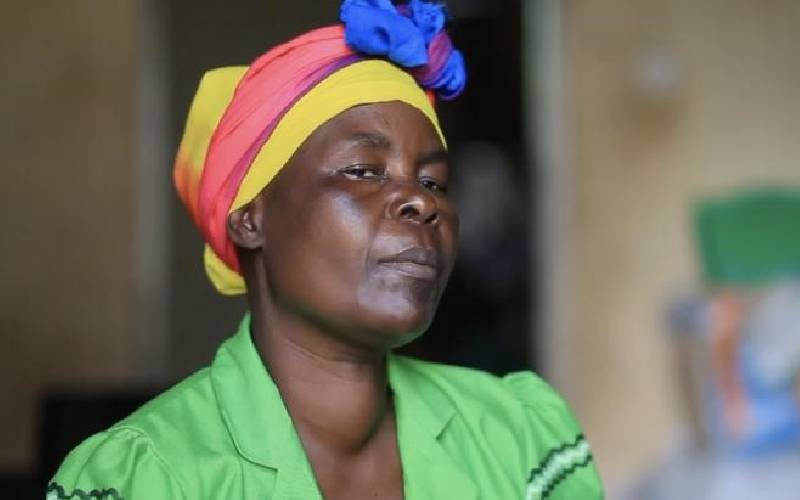Women can save their lives if they detect breast cancer early, writes MARY ONYANGO, a member of the Kenya Breast Health Programme
As a breast cancer survivor, I am concerned about views expressed in a regular column in a local daily recently where the writer (a doctor) appeared to discourage women from taking screening mammograms.
The argument was that: “A mammogram is a screening tool used when there is suspicion of breast cancer.”
This is factually incorrect. By its definition, the word ‘screening’ cannot take place where a disease is already being ‘suspected’. It is used as a prevention measure to establish whether you are free from breast cancer or not. Doctors can then effectively decide the way forward.
A mammography is an X-ray examination of the breast that is used as a screening tool to detect early breast cancer in women experiencing no symptoms — the operative words here being ‘no symptoms’.
Screening mammograms make it possible to detect tumours that cannot be felt in a physical examination and can also find micro-calcifications (tiny deposits of calcium) that sometimes indicate the presence of breast cancer.
It is a fact, scientifically validated by studies conducted around the world, that breast cancer screening with mammograms can reduce the number of deaths from breast cancer for women ages 40 to 69, especially for those over 50 by 30 to 40 per cent.
Cancer diagnosis
Although studies conducted to date have not shown a benefit from regular screening mammograms or from a baseline screening mammogram (a mammogram used for comparison) in women under age 40, we know that many women have had their breast cancer diagnosis at age 40 from baseline mammograms.
I am living proof of this having been diagnosed at age 40 on a baseline mammogram despite the fact that a clinical breast examination (CBE) by my gynaecologist yielded no lump.
Mammograms can also be used to check for breast cancer after a lump or other sign or symptom of breast cancer has been found. This type of mammogram is called a diagnostic mammogram.
Such symptoms may include pain, skin thickening, nipple discharge or a change in breast size or shape.
Evaluate changes
A diagnostic mammogram may also be used to evaluate changes found during a screening mammogram, or to view breast tissue when it is difficult to obtain a screening mammogram because of special circumstances such as the presence of breast implants. Where a mammogram is used for screening, there are clear guidelines and not every woman who walks in for screening is sent for mammography.
I believe this is what happens in the ‘Free Screening Clinics’ conducted by hospitals in October every year.
Stay informed. Subscribe to our newsletter
As a breast cancer survivor and one who has seen many women going through the same, I recommend yearly or biennial mammograms starting at age 40 and continuing for as long as a woman is in good health.
I also recommend CBE about every three years for woman in their 20s and 30s, and every year for women of 40 and above. Women should also know how their breasts normally look and feel and report any breast change promptly to their health care provider. Breast self-exam (BSE) is an option for women starting from their 20s.
It is recommended that some women, because of their family history, a genetic tendency, or certain other factors be screened with MRI in addition to mammograms.
Family history
Many women do know their family history or genetic profiles. Even in western countries, the number of women who fall into this category is small: Less than two per cent of the women in the US.
Breast cancer is the most diagnosed cancer and the second cause of cancer deaths among women in Kenya. Research shows that incidences of breast cancer are on the rise and those being diagnosed are getting younger.
With this in mind, breast screening and, in particular, mammography screening, which has saved the lives of women all over the world, is the way to go.
It is therefore reckless and irresponsible to suggest that women should shun mammography screening.
 The Standard Group Plc is a
multi-media organization with investments in media platforms spanning newspaper
print operations, television, radio broadcasting, digital and online services. The
Standard Group is recognized as a leading multi-media house in Kenya with a key
influence in matters of national and international interest.
The Standard Group Plc is a
multi-media organization with investments in media platforms spanning newspaper
print operations, television, radio broadcasting, digital and online services. The
Standard Group is recognized as a leading multi-media house in Kenya with a key
influence in matters of national and international interest.
 The Standard Group Plc is a
multi-media organization with investments in media platforms spanning newspaper
print operations, television, radio broadcasting, digital and online services. The
Standard Group is recognized as a leading multi-media house in Kenya with a key
influence in matters of national and international interest.
The Standard Group Plc is a
multi-media organization with investments in media platforms spanning newspaper
print operations, television, radio broadcasting, digital and online services. The
Standard Group is recognized as a leading multi-media house in Kenya with a key
influence in matters of national and international interest.










